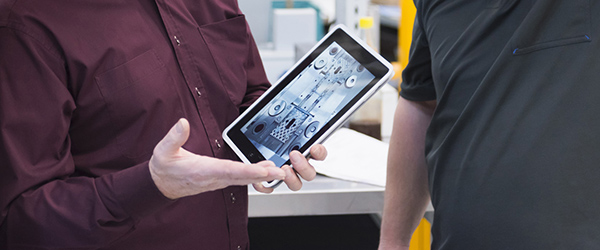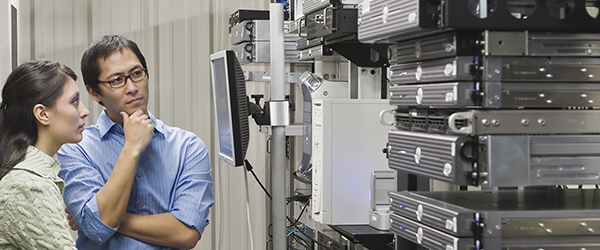
“We just upgraded from a T1 (1.544 mbps) to a T3 (44.736 mbps) so why is it still taking 90 minutes to copy that file?”

“We just upgraded from a T1 (1.544 mbps) to a T3 (44.736 mbps) so why is it still taking 90 minutes to copy that file?”

Traceroute can be an invaluable tool when trying to diagnose connection problems to hosts on other networks. However to be used effectively you have to understand how it works and what the output means.

In my last blog I talked about automating file transfers using FTP. There are three issues with using FTP. First, your password is sent across the network in clear text making it available to anyone with a protocol analyzer.

Lots of people have created automated processes to transfer files using FTP. There are several different ways to do this, some better than others.

When you contact customer support with a problem, the typical goal is to get it resolved FAST. I have observed that in many instances the initial contact with support coordination makes a fast resolution much less likely. This blog provides some tips to help speed up problem resolution.

When trying to diagnose network problems one of the questions I always ask is “What is the status of the switch port that is connected to the module’s interface?” The typical answer is “I need to ask the network people”.

TCP was designed to support end to end connections, that is, one host communicating directly with another host. Sure, there were bridges and routers in between, but those devices didn’t touch the TCP header or the payload.

The impact of communication layer latency is typically under estimated when trying to fix application performance problems but correct understanding is critical if you are to direct your efforts toward practical solutions.

It is coming up on the end of daylight savings time and that means questions; specifically how to change the time zone, does ntpd need to be stopped and restarted when the time zone changes and if ntpd is running will it change the time zone automagically.

I recently ran into a site with several modules, each of which was forwarding packets. The worst case was at a rate of 1 every 2 seconds or so.